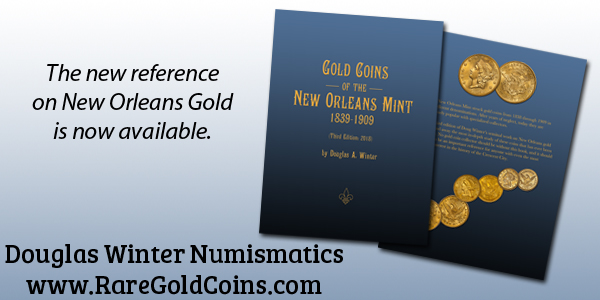
PREV ARTICLE
NEXT ARTICLE
FULL ISSUE
PREV FULL ISSUE
VOCABULARY TERM: REDUCTION PUNCHDick Johnson submitted this entry from his Encyclopedia of Coin and Medal Terminology. Thanks! -Editor
Reduction Punch. A patrix or hub cut on a die-engraving pantograph; it may contain all design and lettering, but more often was the device alone. The reduction punch was particularly used in diesinking at a time when early pantographs were adequate to cut portraits (or other devices) but were inadequate to cut lettering or detail particularly near the border of a coin or medal design. What the reduction punch accomplished then, was a marriage of early machine engraving with existing hand engraving – with the machine cutting the device and hand working the lettering by engraving or punches. Reduction punches were first used early in the 19th century when fixed-cutter pantographs – notably those of Dupeyrat and Wohgemuth in France, those of the Soho Mint and the Royal Mint in England, and several others elsewhere – were capable of cutting an acceptable portrait. The device was modeled, cast in some hard metal for the pattern, then reduced by the pantograph cutting a hub the intended size needed. Instead of completing the full design in the model and reducing this to the size die required, here was the sequence necessary: (1) model the device, (2) cast or electroform a pattern of the device, (3) cut a reduction punch of the device on a pantograph from the pattern, (4) hub the reduction punch into a die, (5) add the lettering by hand punches or hand engraving to complete the die. While these extra steps added time and cost, using reduction punches had the advantage, however, of reducing, say, a monarch's portrait for several size coins. The lettering could be different for each denomination, but the portrait would be the same design in differing sizes. The next generation pantographs –Caque in France, C.J. Hill in England – had rotating cutters, in effect a milling machine. This improvement overcame somewhat the shortcoming of previous pantographs. But it was not until the 1890s that the quality of the pantographs was such that they could cut the entire die at one time from a pattern that contained all the design, lettering, everything. Thus the need for the reduction punch became unnecessary after this advancement in die making.
Looking for the meaning of a numismatic word, or the description of a term? Try the Newman Numismatic Portal's Numismatic Dictionary at: https://nnp.wustl.edu/library/dictionary Or if you would like a printed copy of the complete Encyclopedia, it is available. There are 1,854 terms, on 678 pages, in The Encyclopedia of Coin and Medal Technology. Even running two a week would require more than 19 years to publish them all. If you would like an advance draft of this vital reference work it may be obtained from the author for your check of $50 sent postpaid. Dick Johnson, 139 Thompson Drive, Torrington, CT 06790. 
Wayne Homren, Editor The Numismatic Bibliomania Society is a non-profit organization promoting numismatic literature. See our web site at coinbooks.org. To submit items for publication in The E-Sylum, write to the Editor at this address: whomren@gmail.com To subscribe go to: https://my.binhost.com/lists/listinfo/esylum All Rights Reserved. NBS Home Page Contact the NBS webmaster 
|